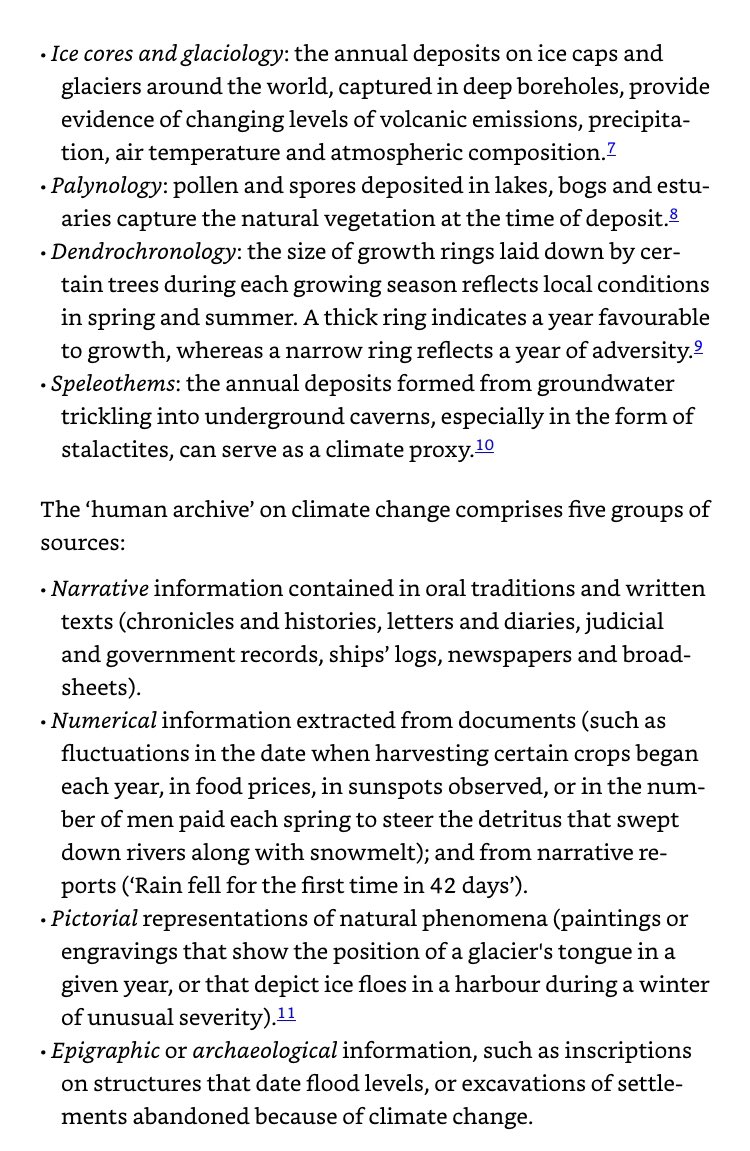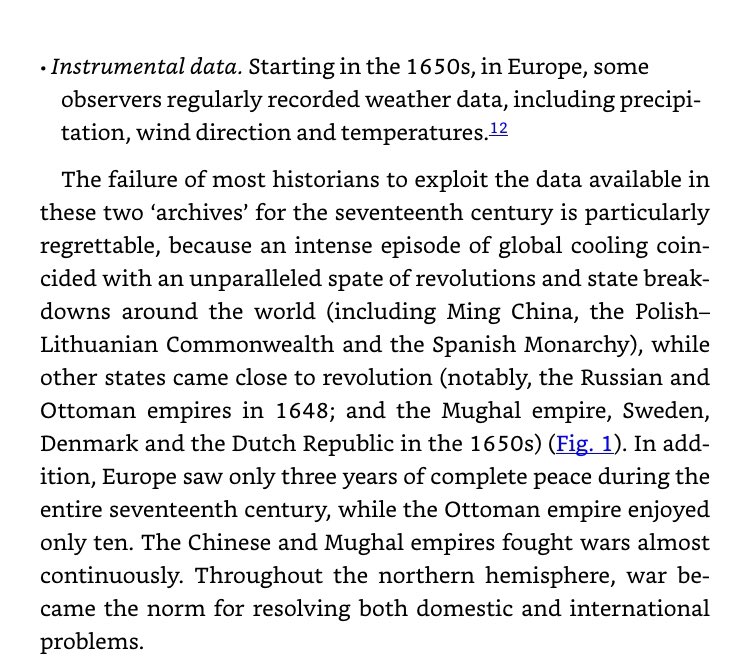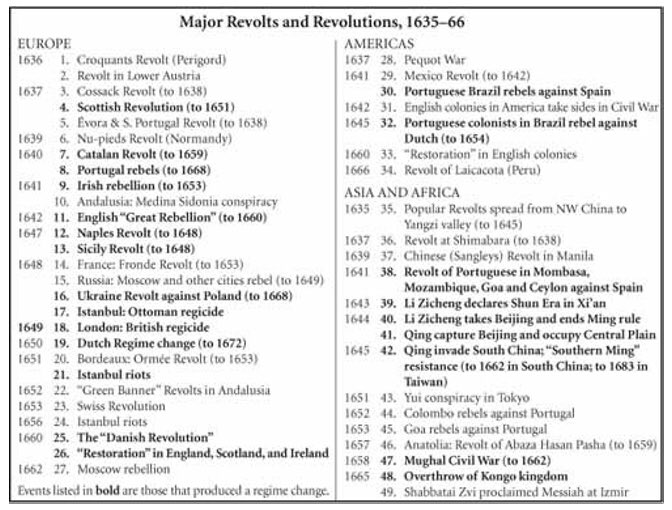
Six migrations to the Philippines of peoples related to North Negritos, South Negritos, Manobo, Sama, Papuans, and Cordillerans. Spanish made little genetic impact, less than 1%. Sama have a little Indian ancestry. pnas.org/content/118/13… 

Biggest genetic differences in Philippines are between the Negrito groups and everyone else. Negritos are remnants of the once widespread Australoid race, the other Filipinos are descendants of the Asiatic races. 

Negritos invaded Denisovan-ruled Philippines from Sundaland (W Indonesia when a peninsula) around 44,000 BC - N Negritos via Palawan & S Negritos via Sulu. They both mixed early with Denisovans, & some time later with Cordillerans. Some Papuans mixed with S Negritos later too. 







Manobo & Sama split from E Asians ~13,000 BC, then each other ~10,000 BC. Manobo reached Philippines first, and were followed by Sama by 6,000 BC. Climate shifts in 13,000 BC & 10,000 BC coincide with the population splits. 







Sea levels around Taiwan, Philippines/Borneo, and SE Asia 19,000-4,000 BC. Many peninsulas & land masses were fragmented into islands by rising sea levels at end of the last Ice Age. Undoubtedly many people drowned, & others were split off from each other for millennia. 





Cordillerans invaded Philippines in waves before 4,000 BC as complex hunter-gatherers. Unlike the Manobo & Sama in the south, Cordillerans didn't mix with their negrito predecessors. Agriculture spread in Philippines after their arrival by diffusion, not population replacement. 





First Cordillerans may have arrived in Philippines as early as 8,000 BC from S China, and spoke Austronesian. They had split from Austronesians in Taiwan by 6,400 BC. Cordilleran ancestry associated with spread of Austronesia languages. Possibly Austroasiatic precursors in Borneo 





Rice agriculture in southern China & Vietnam only began in 1st millennium BC, & spread to Philippines a few hundred years later.
Indian-ancestry in some Filipino groups in the south from the old Hindu kingdoms of Srivijaya and Majapahit. Spanish ancestry only detectable in small urban populations. 

• • •
Missing some Tweet in this thread? You can try to
force a refresh







































